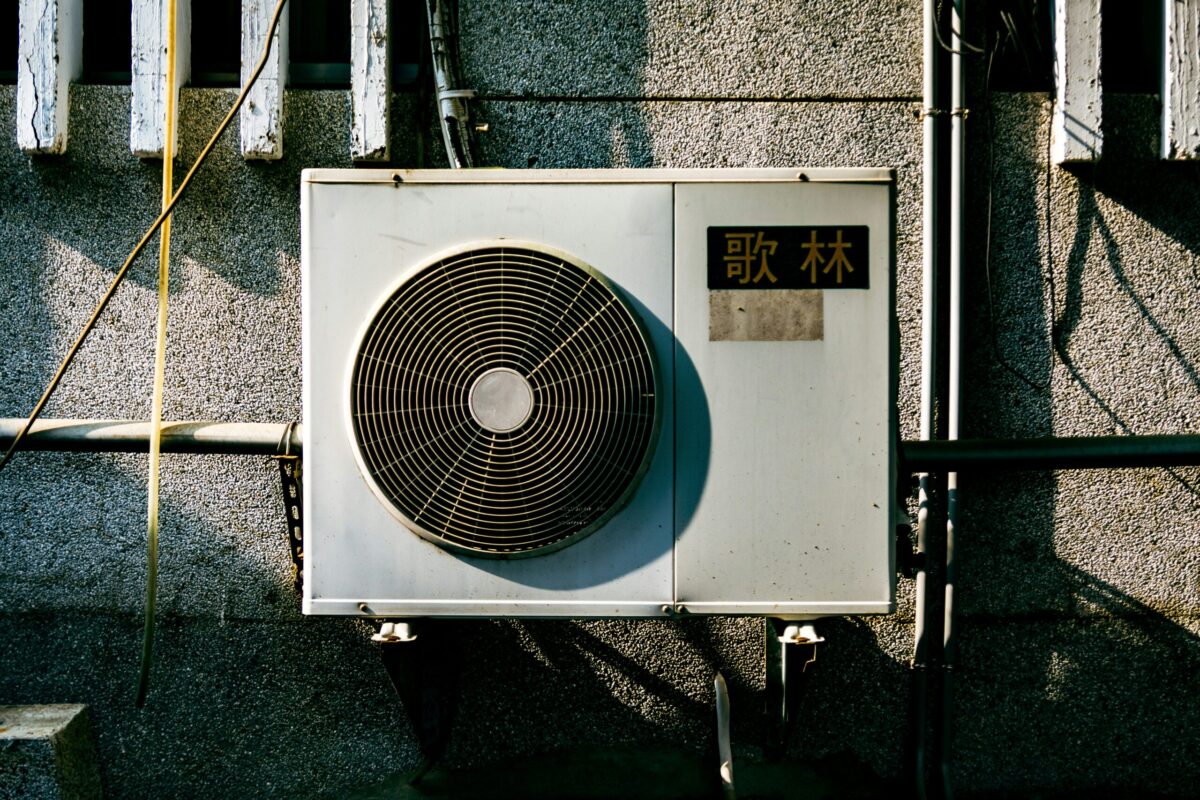An international research team has investigated the use of recyclable biomass-digested polymers for the manufacturing of coating and encapsulants for PV cells. Digestate polymers are materials released during anaerobic digestion processes, which break down organic material in the absence of oxygen. Those processes can be used for electricity generation, heating, and as a source of biofuels.
“The residual waste generated after the anaerobic digestion process, known as digestate, poses significant environmental challenges when left untreated,” said the academics. “Digestate is a complex mixture of organic and inorganic compounds that can include nutrients, heavy metals, and pathogens. If released into the environment without proper treatment, it can have detrimental effects, including soil and water pollution.”
In their research, the academic team has manufactured cells coated with digestate polymers and investigated them for efficiency and durability. Namely, they have used the EcoPolyBlend (EPB) and the NanoBioCelluSynth (NBCS) digestates.
EPB is a biodegradable polymer blend containing about 60% biopolymers, including polysaccharides and proteins. NBCS, on the other hand, is based on nanomaterials produced by breaking down cellulose-rich anaerobic biomass that is digested into nanoscale cellulose particles. It contains 80% nanocellulose.
“The recovery of biodegradable polymers from biomass anaerobic digestate typically involves a series of steps,” explained the scientists. “First, the digestate undergoes a separation process to remove solid impurities and contaminants, leaving behind a more refined organic residue. This residue, rich in biodegradable materials, is then subjected to various chemical or mechanical treatments to extract and isolate the polymers. These polymers can be further purified and processed into usable forms.”
The researchers ran 20 experiments for each cell using a solar cell performance analyzer, spectrophotometer, environmental chambers, humidity chambers, stress testers, carbon footprint measurement equipment, soil and water impact analysis tools, and economic modeling software.
“The study involves a comprehensive experimental design, varying coating thickness, direct normal irradiance (DNI), dry bulb temperature (DBT), and relative humidity (RH) levels to analyze how different types of recovered biodegradable polymers interact with diverse environmental conditions,” explained the group.
The analysis showed that the EPB allows a 2% increase in power output, while the NBCS results in a 10% increase. However, the EPB offers a five-year lifespan compared to the three years of the NBCS. The first requires a coating of 150 nm, while the latter needs a thicker layer of 200 nm. The EPB is also 20% cheaper than the NBCS.
“The ability of the EPB to maintain 95% of initial efficiency after ten years of exposure is commendable,” they researchers added. “The NBCS excels in high humidity conditions, extending the lifespan of solar cells by eight years compared to uncoated cells. Optimization showed that better results were achieved at DNI=8 W/m2, DBT=40 C, and RH=70% for both the coated material studied.”
Their findings were presented in “Sustainable coatings for green solar photovoltaic cells: performance and environmental impact of recyclable biomass digestate polymers,” published in Scientific Reports. The group included researchers from Saudi Arabia’s Qassim University, India’s Jamia Millia Islamia, Al Falah University, the Raj Kumar Goel Institute of Technology, and Ethiopia’s Mizan-Tepi University.
This content is protected by copyright and may not be reused. If you want to cooperate with us and would like to reuse some of our content, please contact: editors@pv-magazine.com.



By submitting this form you agree to pv magazine using your data for the purposes of publishing your comment.
Your personal data will only be disclosed or otherwise transmitted to third parties for the purposes of spam filtering or if this is necessary for technical maintenance of the website. Any other transfer to third parties will not take place unless this is justified on the basis of applicable data protection regulations or if pv magazine is legally obliged to do so.
You may revoke this consent at any time with effect for the future, in which case your personal data will be deleted immediately. Otherwise, your data will be deleted if pv magazine has processed your request or the purpose of data storage is fulfilled.
Further information on data privacy can be found in our Data Protection Policy.